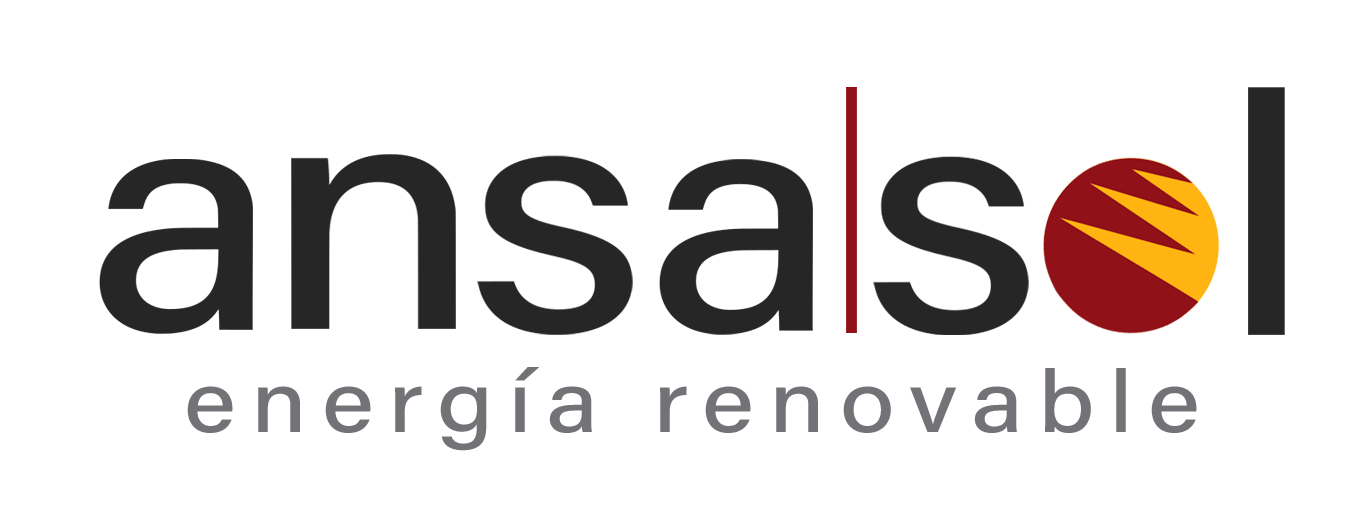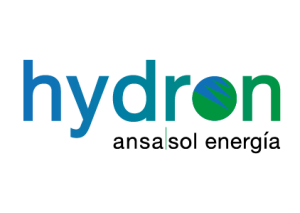Energy transition through green hydrogen.
- Inicio
- Energy transition through green hydrogen.
Hydrogen production
The starting point for truly clean energy
Hydrogen is the most abundant chemical element in the universe, although it is not a natural resource and is not found in isolation in nature, always combined in other compounds such as hydrocarbons or water, so it can be obtained from a wide variety of raw materials. However, only if it is obtained from sources free of carbon dioxide emissions is it possible to have a large-scale energy system with non-polluting gas emissions.
Green hydrogen is hydrogen produced from water and renewable energy. Water is decomposed using electricity from renewable energy, in our case solar energy. If the electricity is generated from renewable sources (photovoltaic or other), then a truly clean energy carrier is achieved.
This hydrogen is either stored after a compression process or injected into the gas grid.
The hydrogen acts as a storable “energy carrier” that can be converted back into electricity, creating a balancing service between electricity generators and consumers.
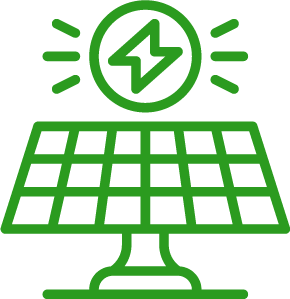
Solar parks
Ansasol develops photovoltaic parks throughout Spain. Thanks to the creation of electrolysis plants, green hydrogen will be obtained and transported through a distribution network or by land transport to the places of use.
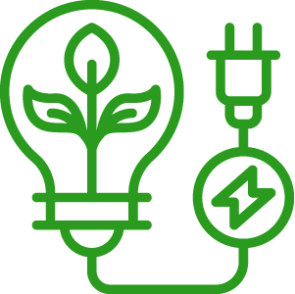
Solar modules
In addition, Ansasol also promotes the on-site production of hydrogen by placing solar modules on the roofs of industrial buildings or in the facilities where the hydrogen is to be used as fuel.
Sustainability
Green hydrogen roadmap
Spain’s Hydrogen Roadmap is a national commitment to renewable hydrogen, a plan to promote the deployment of this sustainable energy vector, which will be key to achieving climate neutrality with a 100% renewable electricity system by 2050 at the latest.
As part of the European Green Deal, it is based on the following:
– National Integrated Energy and Climate Plan 2021-2030.
– Climate Change and Energy Transition Law.
– Long-term Strategy for a Modern, Competitive and Climate Neutral Spanish Economy in 2050.
The European Green Pact sets out a series of milestones to be achieved:
1ª phase
At least 6 GW of electrolysers installed. Production of up to 1 million tonnes of renewable H2.
2ª phase
Second phase. At least 40 GW of electrolysers installed. Production of up to 10 million tonnes of renewable H2.
3ª phase
Maturing of renewable hydrogen technologies and large-scale deployment.
Similarly, in the National Framework, the Spanish Hydrogen Roadmap establishes a succession of milestones to be achieved:
At least 6 GW of electrolysers installed. Minimum renewable hydrogen contribution: 25%. 150/200 buses - 5,000/7,500 light and heavy duty vehicles - 100/150 hydrogenerators - Trains on 2 commercial lines - Handling machinery in ports and airports. 4.6 million tonnes of C02 not emitted into the atmosphere. Estimated investment of 8.9 billion euros.
Acceleration of the economy based on the production and application of renewable hydrogen and a decarbonised society by 2050, guaranteeing a quality, sustainable and competitively priced energy supply.
innovation
Hydrogen-powered machinery
Vehicles or machinery that use hydrogen as an energy source use a fuel cell, rather than a traditional battery, to produce the power necessary for their operation.
Ansasol is in contact with companies in the sector, with the aim of signing collaboration agreements to publicise the possibility of using forklift trucks and equipment with combustion cells in logistics or industrial centres with green hydrogen dispensing, thus closing the generation-distribution-consumption circle.
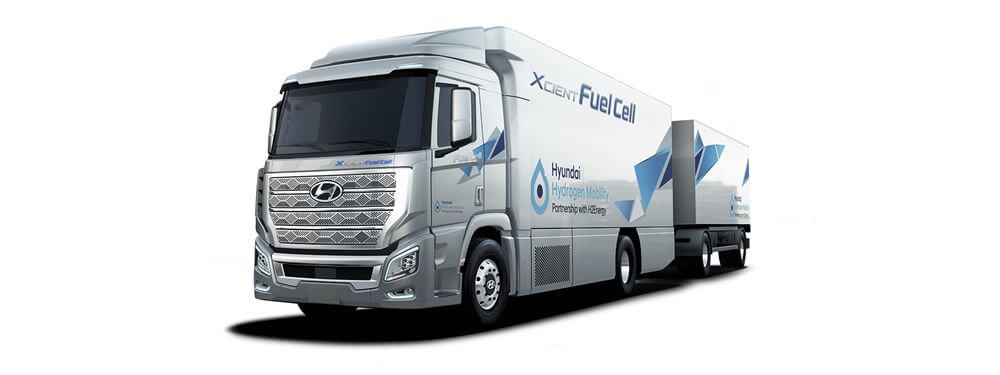
Heavy-duty vehicles
The battle for a significant reduction in emissions is also being fought in freight transport. Hyundai's track record in this area is noteworthy. In just 11 months, a fleet of 46 trucks delivered to Switzerland has travelled an average of almost 22,000 km per unit, saving 631 tonnes of CO2 compared to a diesel truck.
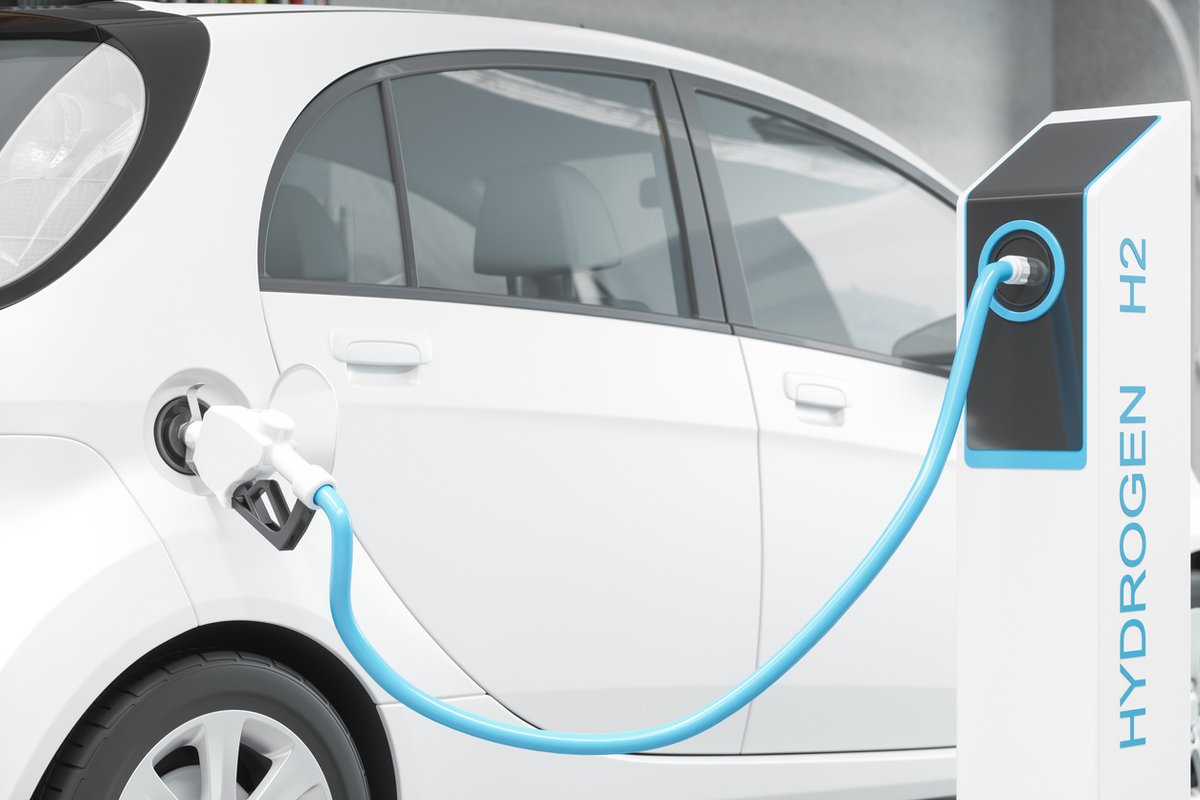
Light-duty vehicles
The main vehicle manufacturers (cars, trucks, buses) are developing, testing and starting to market hydrogen-powered vehicles
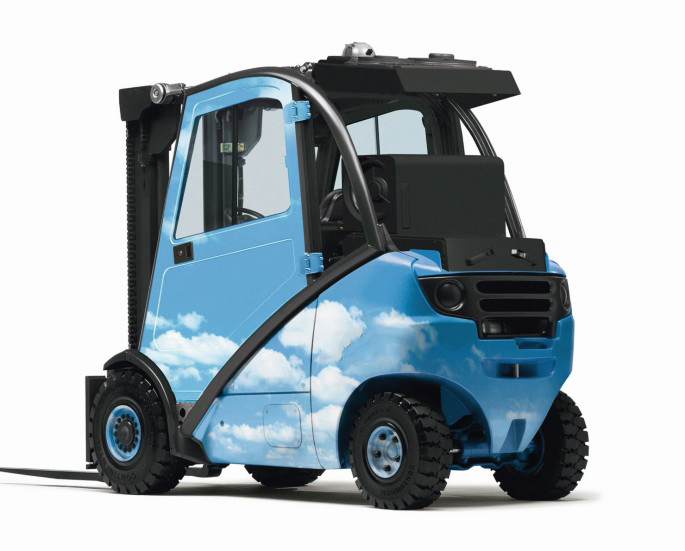
Forklifts and handling machinery
Companies such as Crown, Toyota, Hyundai and Hyster are already using hydrogen-powered machinery in industrial areas and ports in our country. In addition, companies such as MSC, Grimaldi and Boluda are developing projects to move port machinery using hydrogen.
Looking to the future
Green hydrogen value chain.
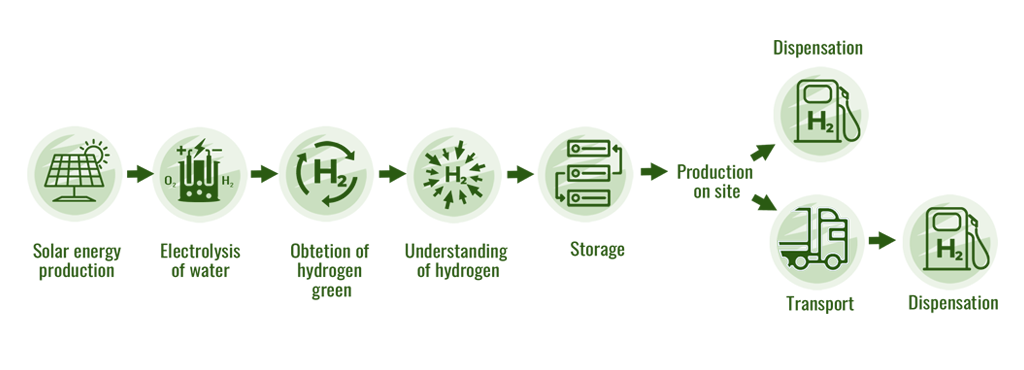
Ansasol, as a specialist in the development of photovoltaic projects and as an example of quality, has the best suppliers in the sector at national and international level, both for solar panels, inverters, etc… and for fuel cells, electrolysers or hydrogenerators.
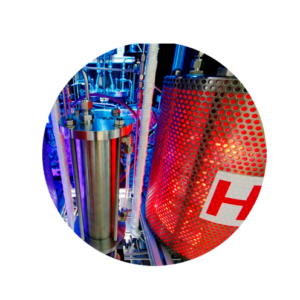
EPOD
Power: 2.5-100k W. Application: Drones.
PROGED
Power: 10-30 kW. Application: Robotics/ Airport support equipment.
Power: 30-60 kW. Application: Class 3-5 trucks / V-buses and forklift trucks.
Power: 100-250 kW. Application: Class 4-8 trucks / Large buses and forklift trucks.
PROGED SYSTEM
Power: 100 kW. Variable application.
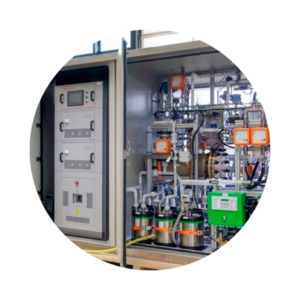
Small scale. Cabinet.
Power: 2.5-100 kW
Consumption: 5-6 kWh/Nm3
Production: 0,5-20 Nm3/h H2
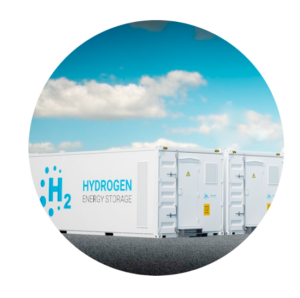
Medium scale. Container 20-40 ft.
Power: 100 kW-5 MW
Consumption: 5.0-5.3 kWh/Nm3
Production: 20-200 Nm3/h H2
Large scale. Electrolysing plant.
Power: 0.5-20 kW
Consumption: 4.8-5 kWh/Nm3
Production: 200-4000 Nm3/h H2
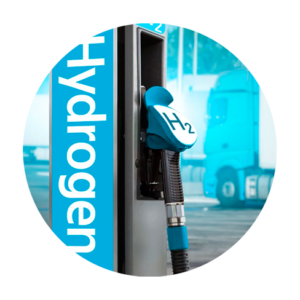 Compression and dispensing
Compression and dispensing
Small scale
- Size: nano.
- Dispenser. Modular and scalable.
Compression/storage capacity: approx. 80 kg/day. Possibility of adding an external tank. - Dispensing: 350 bar, 700 bar or double pressure.
- Light vehicles.
Medium scale
- Size: 20/40 feet container. Modular and scalable.
- Compression/storage capacity: approx. 100 kg/day.
- Dispensing: 350 bar, 700 bar or double pressure.
- Light and heavy vehicles, trains and handling machinery.
Large scale
- Size: approx. half a hectare.
- Compression/storage capacity: depending on requirements and design.
- Dispensing: 350 bar, 700 bar or double pressure.
- Light and heavy vehicles, trains and handling machinery.
All technical data has been supplied by external companies and Ansasol cannot be held responsible for any possible variations.
Contact us and join us for a more sustainable future

- Paseo de Bolivia, 11 29604 Marbella, Málaga
- info@ansasol.com
- +34 952 765 666
From its headquarters in Andalusia, Ansasol has been dedicated to the planning, development, assembly and marketing of photovoltaic installations since 2004. Soon, also green hydrogen will be available.
Proudly created by ADN Agencia Creativa
Copyright Ansasol © 2022 All rights reserved.
